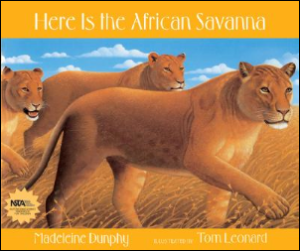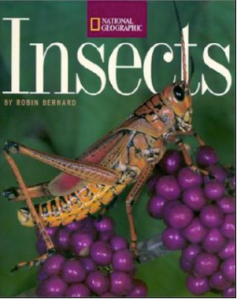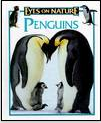Written by Matt De La Peña
Illustrated by: Christian Robinson
JP Putnam Sons for Young Readers; 2015, Hardcover
Target Audience: Ages 5-9
Genre: Fiction
Theme: Urban Living, Perspective, Gratitude
How We Discovered This Book: Last Stop on Market Street won the 2016 Newbery Medal, and was a Caldecott Honor Book and Coretta Scott King Illustrator Honor Book. With all the talk about this book, we had to check it out.
Summary: Young CJ and his Nana take the bus from church across their city. CJ has many questions, and his Nana provides him with insightful and creative answers. Their conversation continues until they reach their final destination, which provides even more context for their blessings.
What I Liked: I haven’t read many books like this – focused truly on urban living and seeing the beauty in everything around you. The author captures CJ and his Nana’s personalities clearly through carefully chosen dialogue and specific speech patterns. I can almost hear their voices.
What Did My Kids Think? They liked the story, and the author manages to make CJ endearing rather than whiny. My children have never lived in a city, so it was interesting for them to imagine someone else’s life where they don’t own a car and they interact with a wide cross-section of people.
Resources:
Take a field trip into your nearest city. Make it a point (or even a scavenger hunt) to find all the things that are different from where you live. Now look for the things that are the same.
The Classroom Bookshelf site has activities related to this book for kids of varying age groups, focused on imagery, special people in your life, beauty, and sharing stories.
Identify ways that you can interact more deeply with your community. Join a book group, volunteer at a soup kitchen, or even just strike up a conversation with someone at the park.




















 Recently, my son “adopted” a book for his school library. He chose Eye to Eye: How Animals See The World, by Caldecott Award winning Steve Jenkins. As part of the adoption, my son was the first one to check the book out. Not only was it filled with amazing facts about how animals see, but the artwork was stunning!
Recently, my son “adopted” a book for his school library. He chose Eye to Eye: How Animals See The World, by Caldecott Award winning Steve Jenkins. As part of the adoption, my son was the first one to check the book out. Not only was it filled with amazing facts about how animals see, but the artwork was stunning!